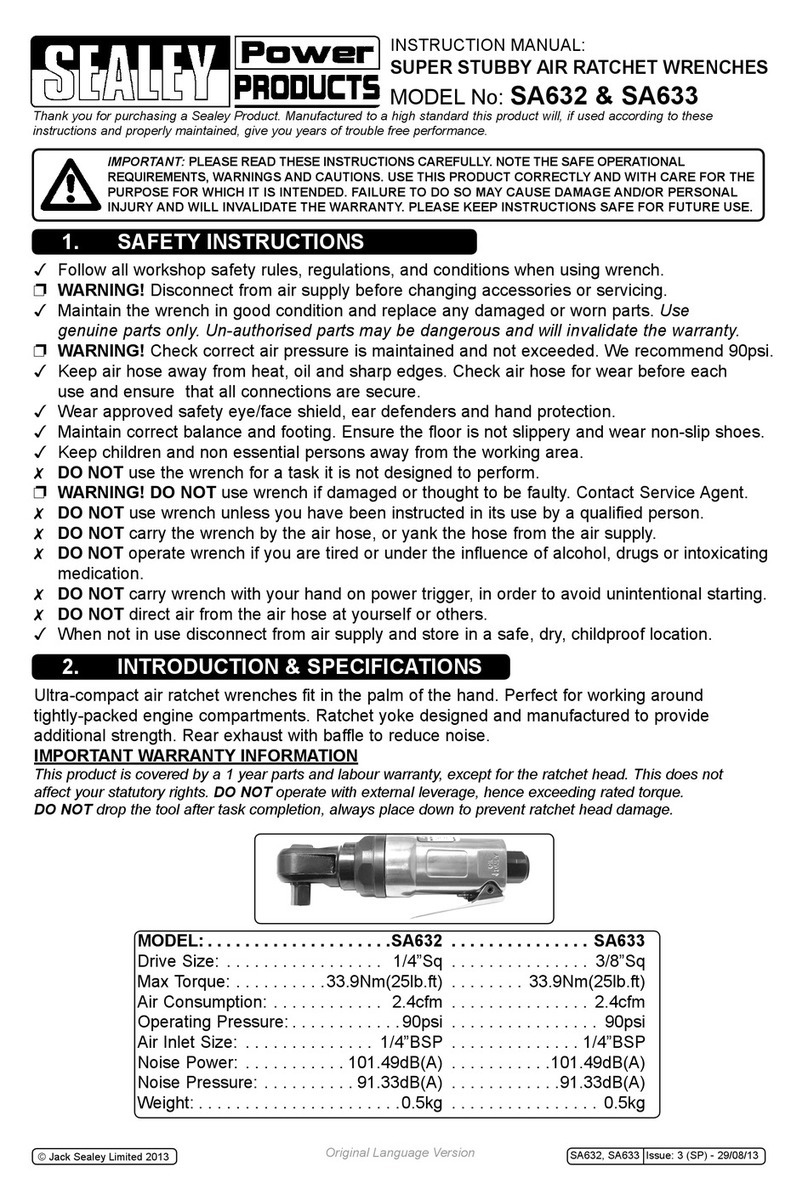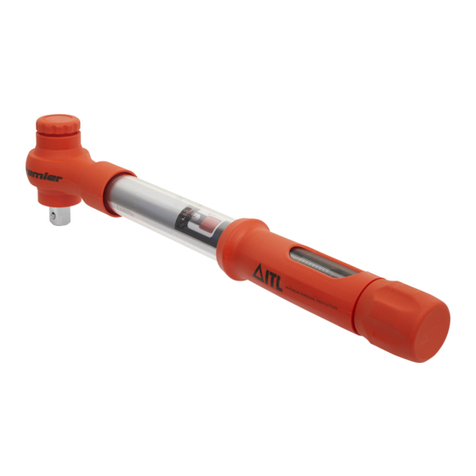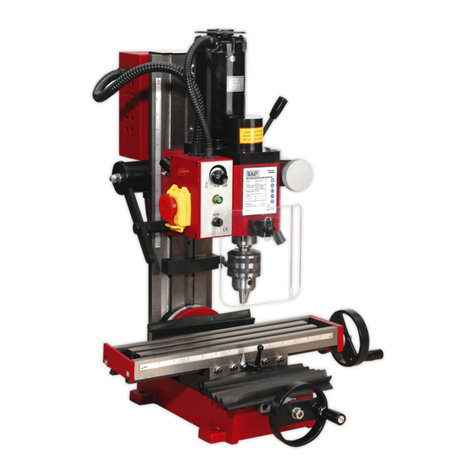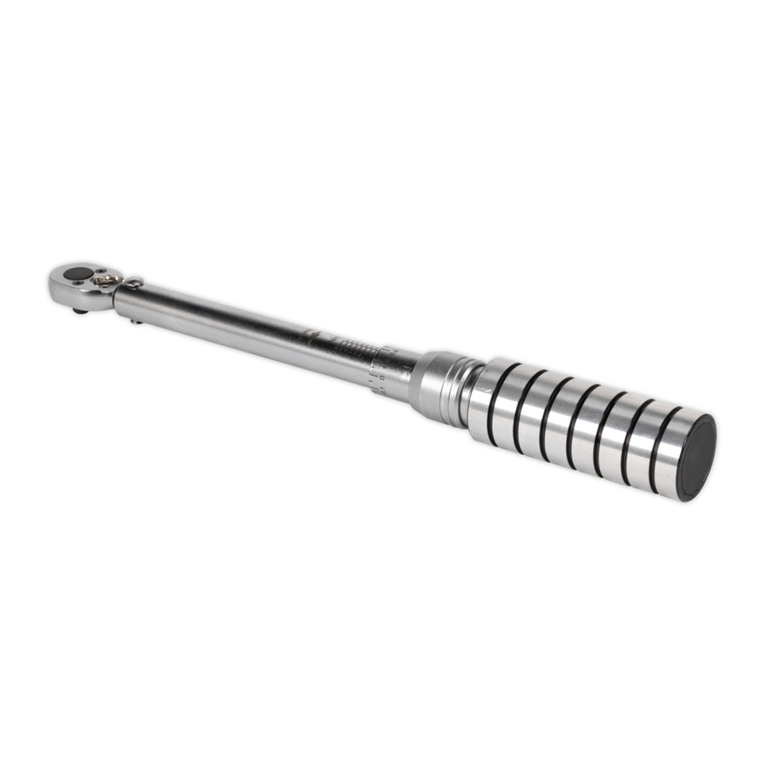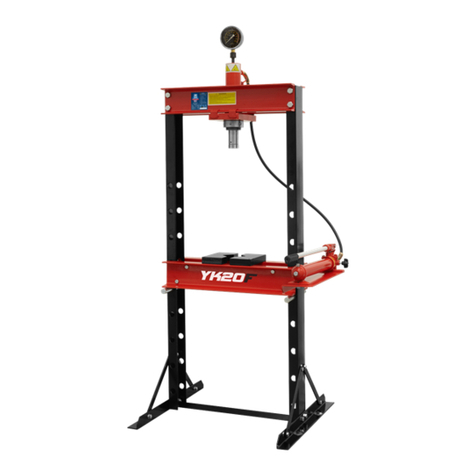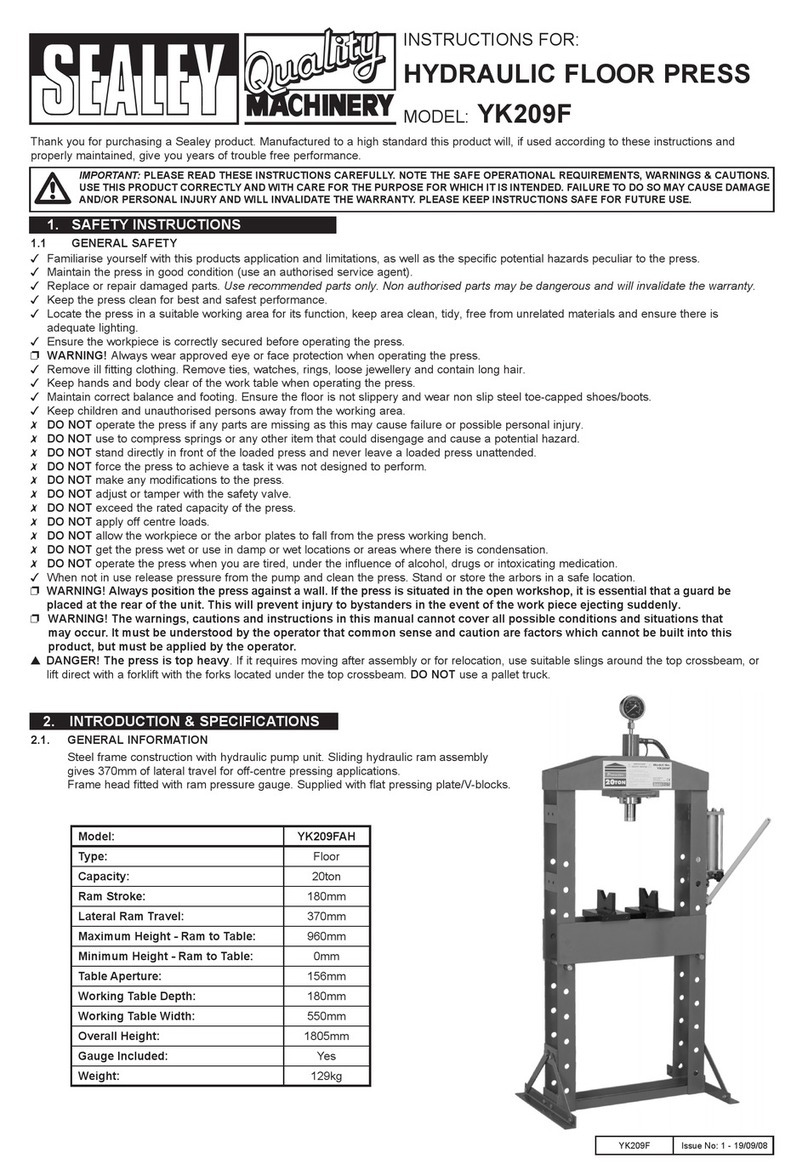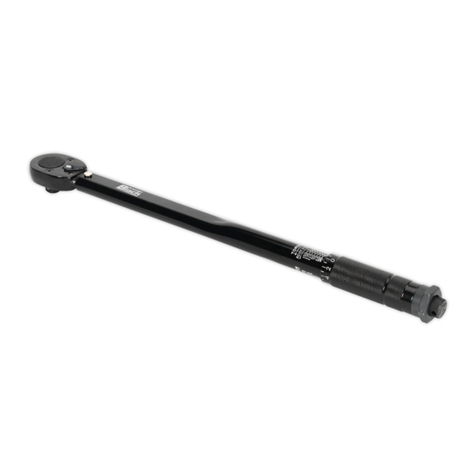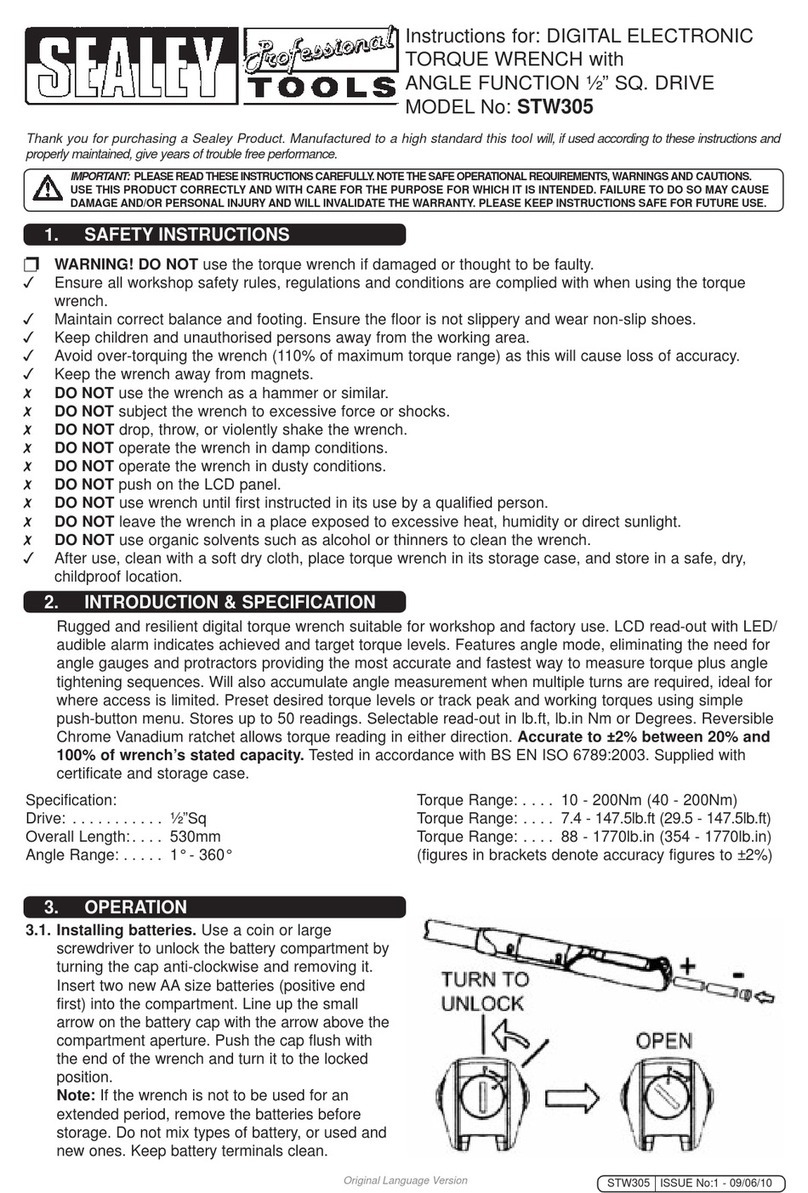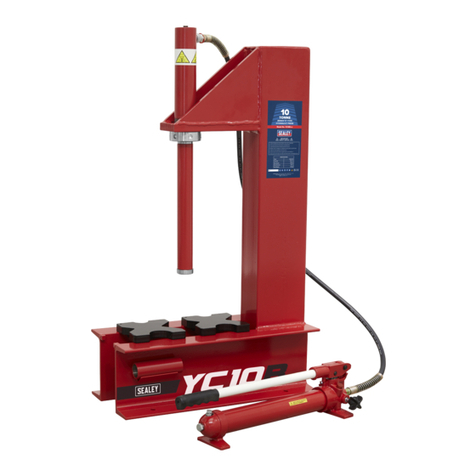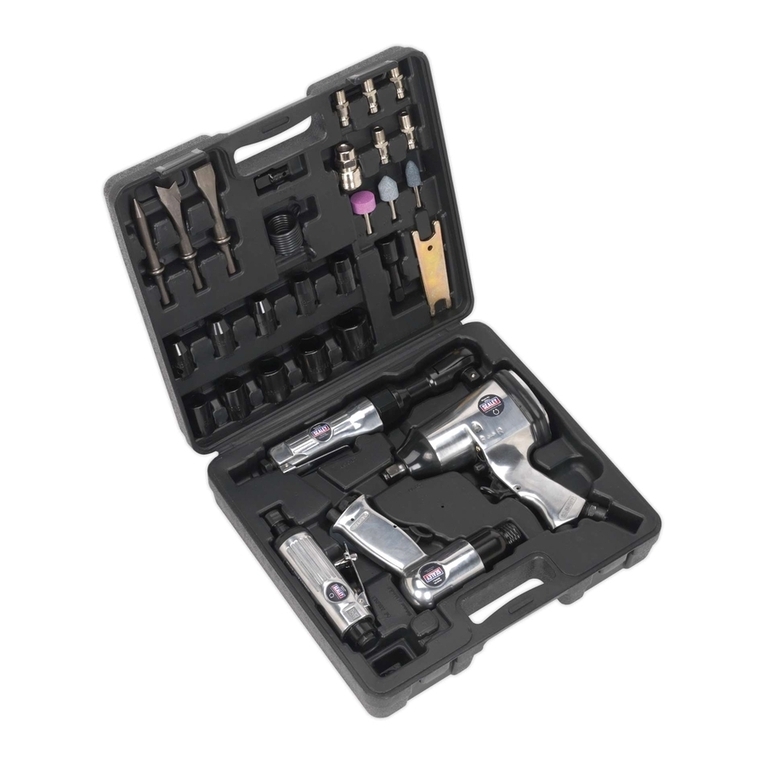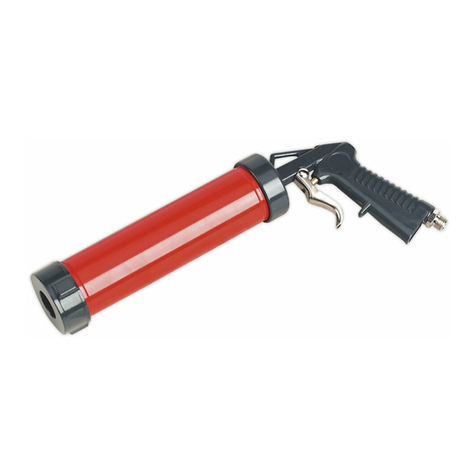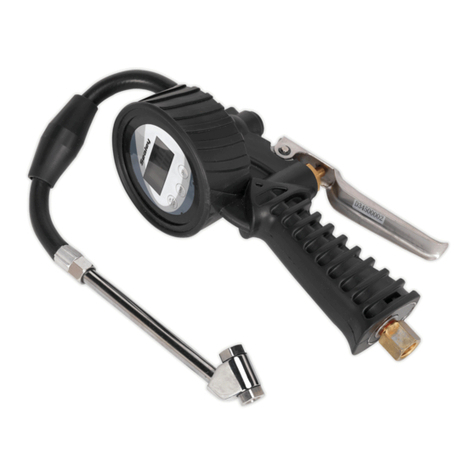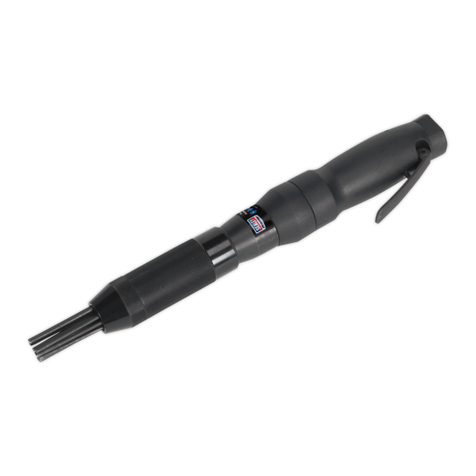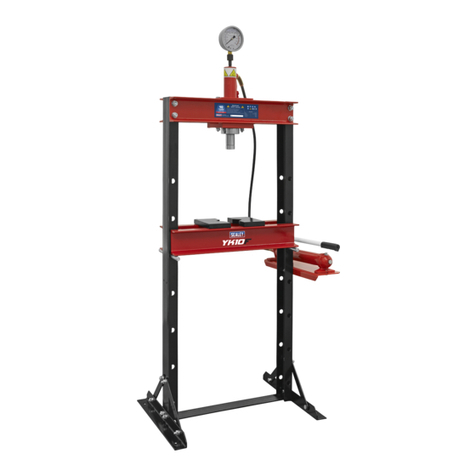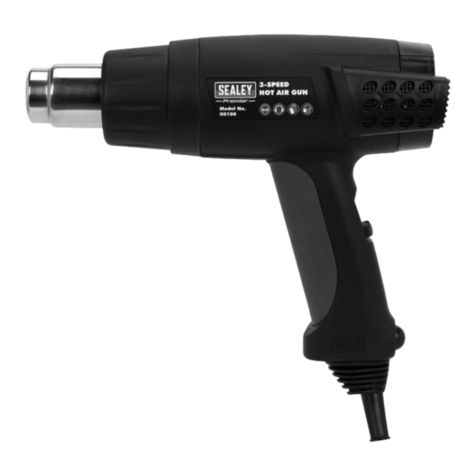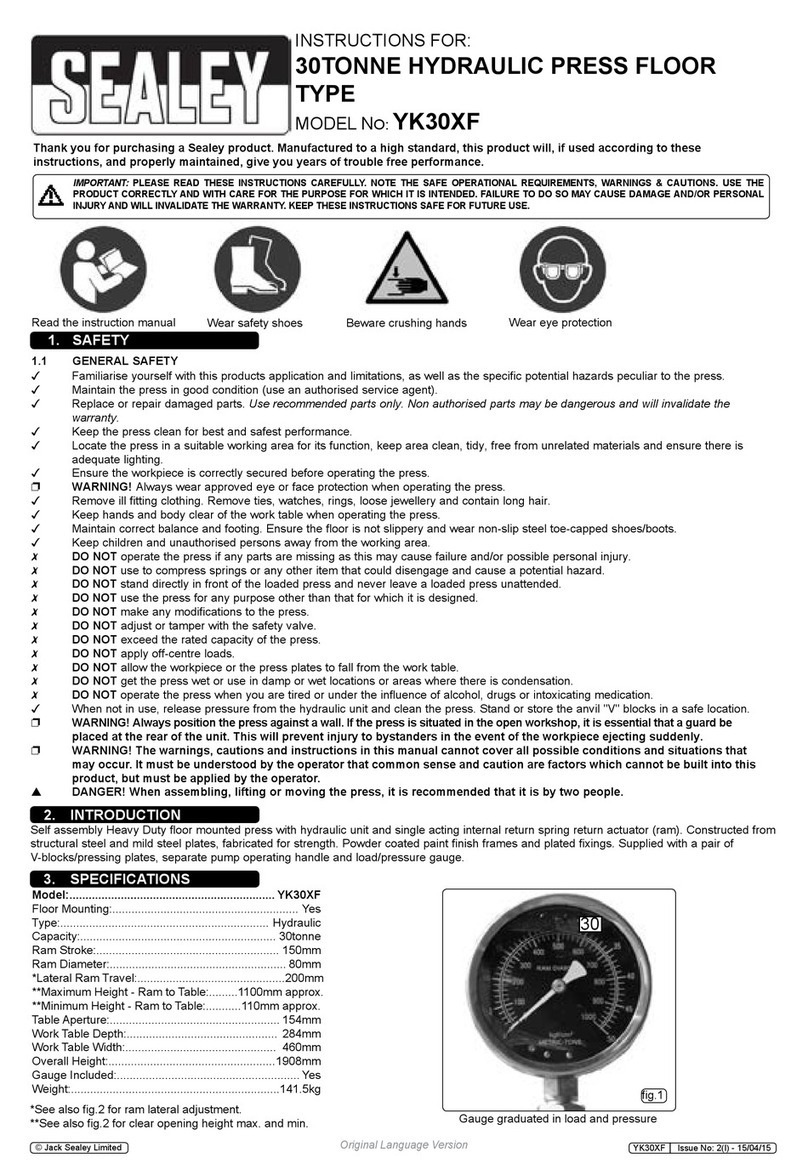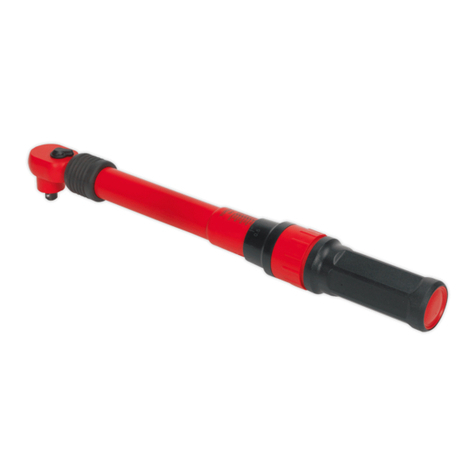
SHOT BLAST CABINET WITH GUN
MODEL NO: SB951.V6
Thank you for purchasing a Sealey product. Manufactured to a high standard, this product will, if used according to these
instructions, and properly maintained, give you years of trouble free performance.
IMPORTANT: PLEASE READ THESE INSTRUCTIONS CAREFULLY. NOTE THE SAFE OPERATIONAL REQUIREMENTS, WARNINGS & CAUTIONS. USE
THE PRODUCT CORRECTLY AND WITH CARE FOR THE PURPOSE FOR WHICH IT IS INTENDED. FAILURE TO DO SO MAY CAUSE DAMAGE AND/OR
PERSONAL INJURY AND WILL INVALIDATE THE WARRANTY. KEEP THESE INSTRUCTIONS SAFE FOR FUTURE USE.
1. SAFETY
1.1. ELECTRICAL SAFETY
WARNING! It is the user’s responsibility to check the following:
Check all electrical equipment and appliances to ensure that they are safe before using. Inspect power supply leads, plugs and
all electrical connections for wear and damage. Sealey recommend that an RCD (Residual Current Device) is used with all
electrical products. You may obtain an RCD by contacting your local Sealey stockist.
If the product is used in the course of business duties, it must be maintained in a safe condition and routinely PAT (Portable
Appliance Test) tested.
Electrical safety information. It is important that the following information is read and understood.
1.1.1. Ensure that the insulation on all cables and on the appliance is safe before connecting it to the power supply.
1.1.2. Regularly inspect power supply cables and plugs for wear or damage and check all connections to ensure that they are secure.
8DO NOT pull or carry the appliance by the power cable.
8DO NOT pull the plug from the socket by the cable. Remove the plug from the socket by maintaining a rm grip on the plug.
8DO NOT use worn or damaged cables, plugs or connectors. Ensure that any faulty item is repaired or replaced immediately by a
qualied electrician.
Sealey recommend that repairs are carried out by a qualied electrician.
1.2. REGARDING DIRECT MAINS POWER USE WITH THE TRANSFORMER PLUG.
You must also read and understand the following instructions concerning electrical safety.
1.2.1. The Electricity At Work Act 1989 requires all portable electrical appliances, if used on business premises, to be tested by a
qualified electrician, using a Portable Appliance Tester (PAT), at least once a year.
1.2.2. The Health & Safety at Work Act 1974 makes owners of electrical appliances responsible for the safe condition of the appliance
and the safety of the appliance operator. If in any doubt about electrical safety, contact a qualied electrician.
1.2.3. You must ensure that you:
9Inspect the transformer plug, cable, and plug for wear and damage to ensure items are safe before connecting to the mains
power supply. If worn or damaged DO NOT use and immediately replace, or contact a qualified electrician.
9Check cables are always protected against short circuit and overload.
IMPORTANT: Check that the voltage marked on the transformer plug is the same as the power supply to be used.
9Uncoil the lead from the transformer before use.
8DO NOT attempt to pull the transformer plug from the mains socket by the lead.
8DO NOT use any other type of transformer with the cabinet.
8DO NOT try to open or dismantle the transformer plug or charging base.
8DO NOT use the transformer plug to power any other electrical item.
8DO NOT get the transformer wet, or use in wet, damp conditions (for indoor use only).
WARNING! NEVER substitute a standard 13 amp 3 pin plug, or any other type of plug, for the transformer plug .
1.3. GENERAL SAFETY
WARNING! Ensure Health & Safety, government and local authority regulations relating to the use of shot blasting are adhered to
when using this equipment. Familiarise yourself with the applications, limitations and potential hazards peculiar to the cabinet.
WARNING! Disconnect the cabinet from the mains power and the air supply before attempting to change accessories or carry out
any servicing or maintenance.
9Maintain the cabinet in good condition. Replace or repair damaged parts. Use genuine parts only. Unauthorised parts may be
dangerous and will invalidate the warranty.
9Locate cabinet in a suitable work area and keep area clean, tidy and free from unrelated materials. Ensure there is adequate lighting.
9Use only dry abrasives such as proprietary brands of glass beads, silicon carbide, aluminium oxide and silica sand. We recommend
Sealey item B5KG. Never use fluids or mix fluids with another media in the unit.
WARNING! Always wear coveralls, approved eye or face masks and ear protection when operating the cabinet.
9Keep the unit lid closed and secured when in use.
WARNING! Ensure correct air pressure is maintained and NOT exceeded. (Max 90psi).
9Always keep the blast nozzle directed at the workpiece. Never use outside the unit and always use with the lid closed.
9Regularly check that the exhaust vent and filter at the back of the cabinet is clear and not blocked and that there is space between it
and any wall.
9Ensure the floor is clean and free from blasting media spillage; use a type “H” vacuum cleaner with a hepa filter.
9Keep children and non-essential persons away from the work area.
SB951.V6 Issue 1 03/03/21
Original Language Version
© Jack Sealey Limited
Refer to
instructions
Wear eye
protection
Wear protective
clothing
Keep away from
rain
Wear a mask

